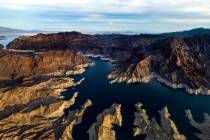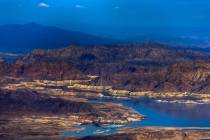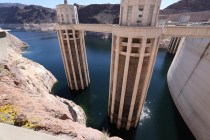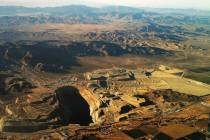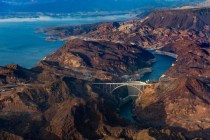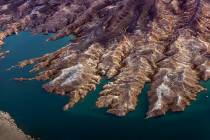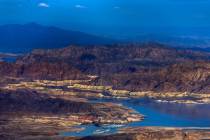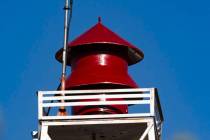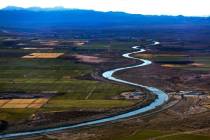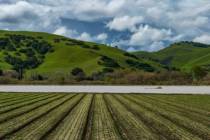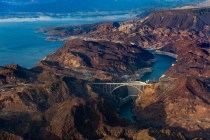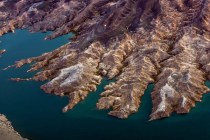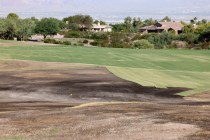The two proposals show that “the tools available to the federal government are very blunt,” said John Entsminger, general manager of the Southern Nevada Water Authority.
Colton Lochhead

Colton Lochhead covers pot and politics for the Review-Journal, where he started as an intern covering crime and breaking news in 2012. Raised in Las Vegas, the life-long desert rat graduated from Bonanza High School before earning his journalism degree from the University of Nevada, Las Vegas.
Since the 1980s, Southern Nevada has been banking its unused Colorado River water, storing hundreds of billions of gallons away underground and in Lake Mead.
The federal government laid out a pair of options to cut water use along the Colorado River and keep Lake Mead and Lake Powell from shrinking any more.
Assembly Bill 313 would require the backfilling of open pit mines once mining companies are done extracting ore and other minerals from the site.
If approved, the legislation would make Nevada the first state to give a local water agency permanent say over how much water residents can use.
Forecasters expect the Colorado River to see some of its highest flows in more than a decade as snow melts off the Rockies this spring and summer.
The government on Thursday announced more than $250 million in new funding for water conservation agreements in Arizona and California to boost water levels at Lake Mead.
In 2021, Nevada banned the use of sirens that once sounded as signals for nonwhite people to leave a town before sundown. But nearly two years later, one such controversial relic still blares out each night in Minden.
Nevada gets less than a 2 percent cut from the Colorado River’s waters, but the state actually uses far more water than that each year.
A Carson City judge has ruled that the appointment of former Sen. James Settelmeyer to lead the state conservation agency does not violate the Nevada Constitution.
A bill would create a new program to use satellite imagery to estimate how much water is lost to evapotranspiration from crops.
“We won’t be around very much longer if they don’t change,” said the co-owner of a cultivation company in Carson City.
“Disastrous conditions have reshaped Lake Mead National Recreation Area’s one and a half million acres of incredible landscapes and slowly depleted the largest reservoir in the United States,” the senators wrote in a letter to the National Park Service.
The Southern Nevada Water Authority is evaluating whether changes need to be made to its lowest intake straw in order to protect water quality as Lake Mead continues to shrink.
Southern Nevada Water Authority would have the authority to impose water use restrictions on the biggest users under a bill heard by the Assembly Natural Resources Committee.








